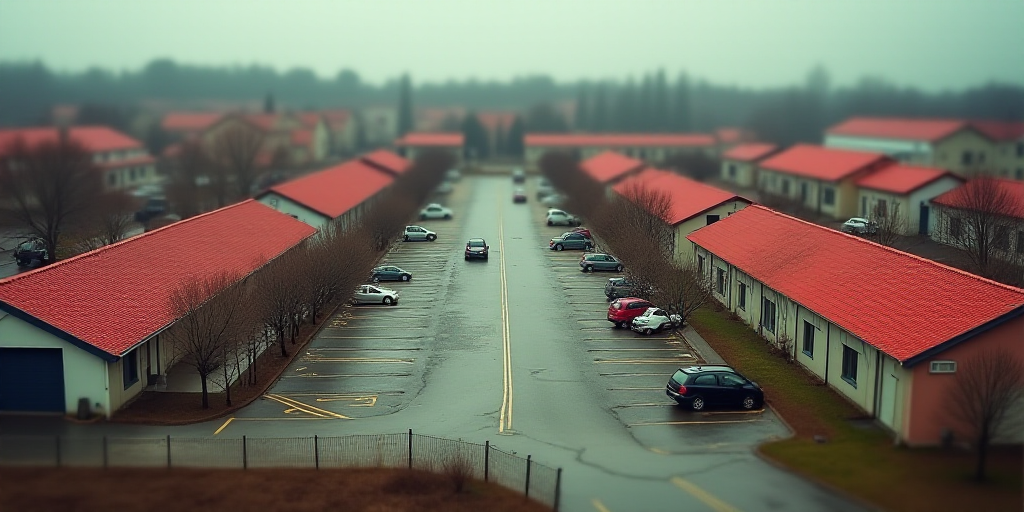The Government’s Ambitious Housing Goals and the Need for Quality
The goal of constructing 1.8 million homes during this six-year term as part of the “Housing for Well-being” program is commendable; however, experts from the housing industry emphasize that the focus should not only be on quantity but also on the quality of the homes built, adhering to recognized criteria in the Constitution.
Housing Challenges in Mexico
During the forum “Coalition for Housing: Roof, Land and Territory,” experts and authorities highlighted the housing challenges faced in Mexico, reflected in the following data:
- 8 million homes in a state of backlog.
- 11.7 million homes with quality and living space deficiencies.
- 22.9 million people lack access to basic services, some of which are essential for housing.
Avoiding Past Mistakes
Silvia Díaz Duarte, Director of Housing Policy at the Secretariat of Agrarian, Territorial and Urban Development (SEDATU), explained that the current government’s vision on housing goes beyond merely building homes. It aims to promote a concept that considers the environment as a crucial part of the population’s quality of life.
“The homes we are building must have guaranteed basic services, nearby urban equipment, adequate roadways, and connectivity that allows families to access job, education, and design opportunities,” Díaz Duarte stated.
The federal government collaborates with states and municipalities to secure suitable land that aligns with the “Housing for Well-being” program’s vision. This strategic reserve is essential to ensure that the homes built are socially oriented, maintaining affordable costs for economically vulnerable families.
In this context, Díaz Duarte highlighted that the previous administration sought to harmonize land policies, territorial ordering, and housing policies to ensure sustainable and organized urban development, avoiding past errors that created fragmented and unequal cities.
This policy enabled 5.8 million people to exit housing backlog and reduce the deficit of homes from 9.2 million to 8.3 million during the previous administration.
Collective Action
Óscar Mendoza Cervantes, co-director of the Práctica: Laboratorio para la Democracia platform, proposed a series of actions to make the right to housing effective nationwide. These include promoting socially appropriate housing production tailored to each context, ensuring urban land and transparent management, designing accessible and solidarity-based financing schemes, and strengthening coordination between the three levels of government.
Crucially, he emphasized the importance of community action: “Listen to those who face housing deficiencies daily. To organized communities fighting for their land rights and demanding dignified living conditions.”
“Without the organized voice of communities, any housing policy will be meaningless,” Mendoza Cervantes stressed.
Key Questions and Answers
- What are the housing challenges in Mexico? There are 8 million homes in a state of backlog, 11.7 million with quality and living space deficiencies, and 22.9 million people lack access to basic services.
- What is the government’s vision for housing? The current administration aims to build homes that consider the environment as a crucial part of the population’s quality of life, ensuring guaranteed basic services, nearby urban equipment, adequate roadways, and connectivity.
- What actions are proposed to make the right to housing effective? Promote socially appropriate housing production, ensure urban land and transparent management, design accessible and solidarity-based financing schemes, and strengthen coordination between the three levels of government.
- Why is community action important in housing policies? Community action ensures that housing policies are meaningful and address the needs of those facing daily housing deficiencies.






